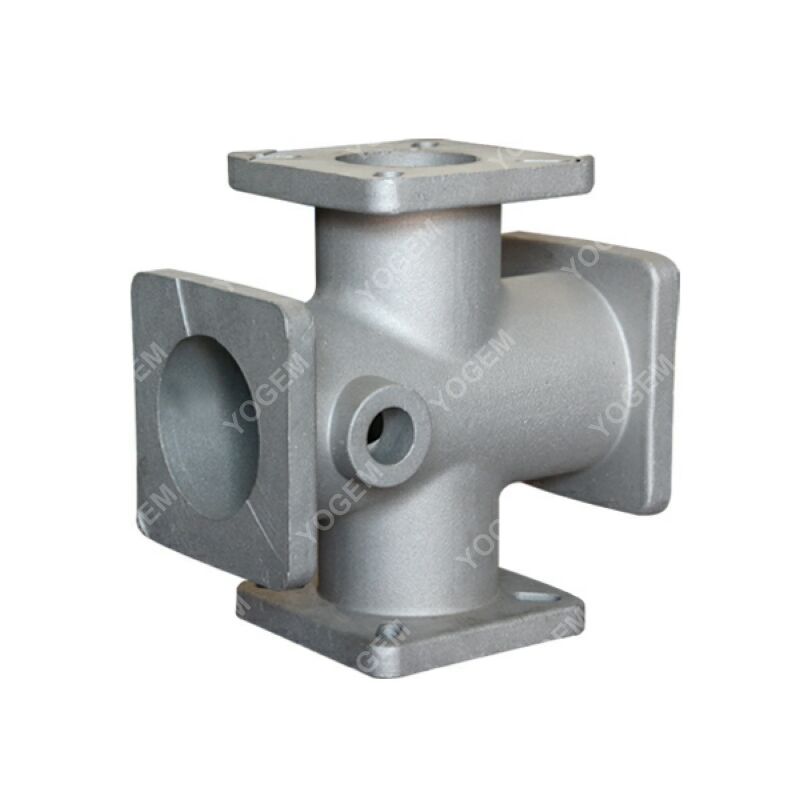Dec. 21, 2023
Minerals & Metallurgy
Aluminum casting is a versatile manufacturing process that allows for the creation of complex and precise metal components. Whether you're an engineer or a hobbyist, custom aluminum casting can provide you with the parts you need. This guide will take you through the step-by-step process of custom aluminum casting.

Begin by sketching the design of the part you want to cast. Consider the intricacies and dimensions of the final product. This initial step lays the foundation for the entire casting process.
Select a mold material suitable for aluminum casting. Popular choices include green sand, plaster, and steel. The material should match the intricacy and volume of your design.
Craft a pattern of your design using materials like wood, plastic, or metal. This pattern serves as a replica of the final part and is used to create the mold. Ensure precision and accuracy during this stage.
Incorporate a gating system into your pattern. This system consists of channels and gates that allow molten aluminum to flow into the mold efficiently. Proper gating ensures a high-quality casting.
Assemble the mold by placing the pattern inside the mold material. Make sure there is sufficient space for the aluminum to fill the cavity. Seal the mold tightly to prevent any leakage during casting.
Introduce vents in the mold to allow gases to escape during the casting process. Proper venting prevents defects like porosity and ensures a smooth surface finish on your aluminum part.
Suggested reading:Heat aluminum to its melting point in a furnace. Use a crucible to contain the molten metal. Maintain precise temperatures to achieve the desired casting properties.
Carefully pour the molten aluminum into the mold. Exercise caution to prevent splashing or spills. The aluminum will flow through the gating system and fill the mold cavity.
Let the mold cool and the aluminum solidify. Cooling times may vary depending on the part's size and complexity. Avoid any disturbances during this critical phase to ensure uniform solidification.
Once the aluminum has solidified, carefully break open the mold to reveal the casting. Exercise caution to avoid damaging the finished part.
Trim any excess material from the casting using appropriate tools. This step is crucial for achieving the final dimensions and surface finish of the custom aluminum part.
Custom aluminum die casting is a precise and rewarding process that allows for the creation of intricate metal components. By following these step-by-step guidelines, you can successfully produce high-quality custom aluminum castings tailored to your specific needs. Whether you're a professional engineer or an enthusiastic hobbyist, mastering this craft opens up a world of possibilities for creating unique and durable metal parts.
Suggested reading:Related Articles
If you are interested in sending in a Guest Blogger Submission,welcome to write for us!
All Comments ( 0 )